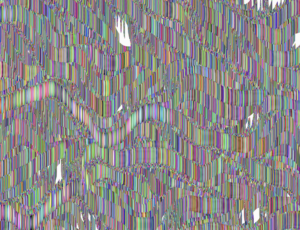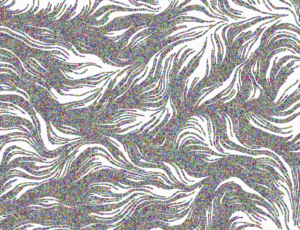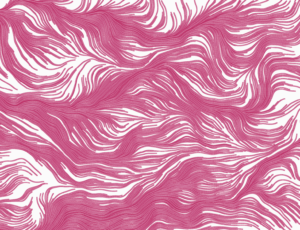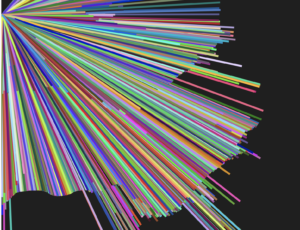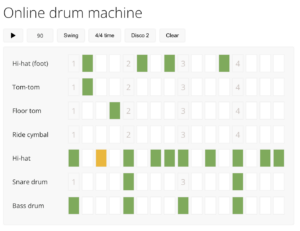Generative Gallery: A Digital Art Experience
Concept:
The concept of the art gallery is to create an immersive and interactive digital art experience that showcases the power of generative art and Object-Oriented Programming (OOP). The gallery is designed to engage visitors in a multi-sensory journey through four distinct exhibits, each of which highlights different aspects of generative art.
Project Components:
- The background will be an image of the art gallery.
- There will be a soothing sound effect in the background
- On screen text will provide information about the art.
- The project will be implemented using object-oriented programming.
- When you start the project, a screen with instructions will be displayed.
- You will be able to interact with the project by clicking on the screen to look at the art.
- I will include a “Start Again” button, allowing you to start a new session without having to refresh the page or restart the sketch, ensuring a seamless experience.
This code just displays the exterior and interior of the art gallery.
Challenges:
Creating a Generative Gallery: A Digital Art Experience in p5.js will be an exciting project. It will come with some challenges I’ll have to work through. I’ll need to create complex art that changes in real-time, making sure it runs smoothly. I’ll need to design buttons and stuff so people can use the art easily. I’ll also have to think about how it will work on different screens and use a way of coding called object-oriented programming, which will be kind of like making different building blocks for the art. Finding and fixing mistakes in the art will be tough, but I’ll learn a lot. Making sure the art is well-documented will be important for others who might want to understand it. Despite these challenges, I’ll be proud of the result – a cool digital art experience that I hope everyone will enjoy.


